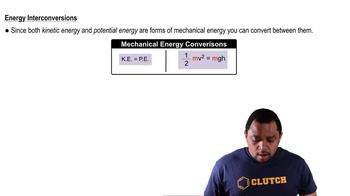A soccer ball is dropped out of a window on the second floor of a dormitory to the ground below. Which of the following statements is or are true?
i. The kinetic energy of the ball is greatest at the time it is dropped out the window.
ii. As the ball falls, potential energy is converted into kinetic energy.
iii. The potential energy of the ball is due to the force of gravity acting on it.



